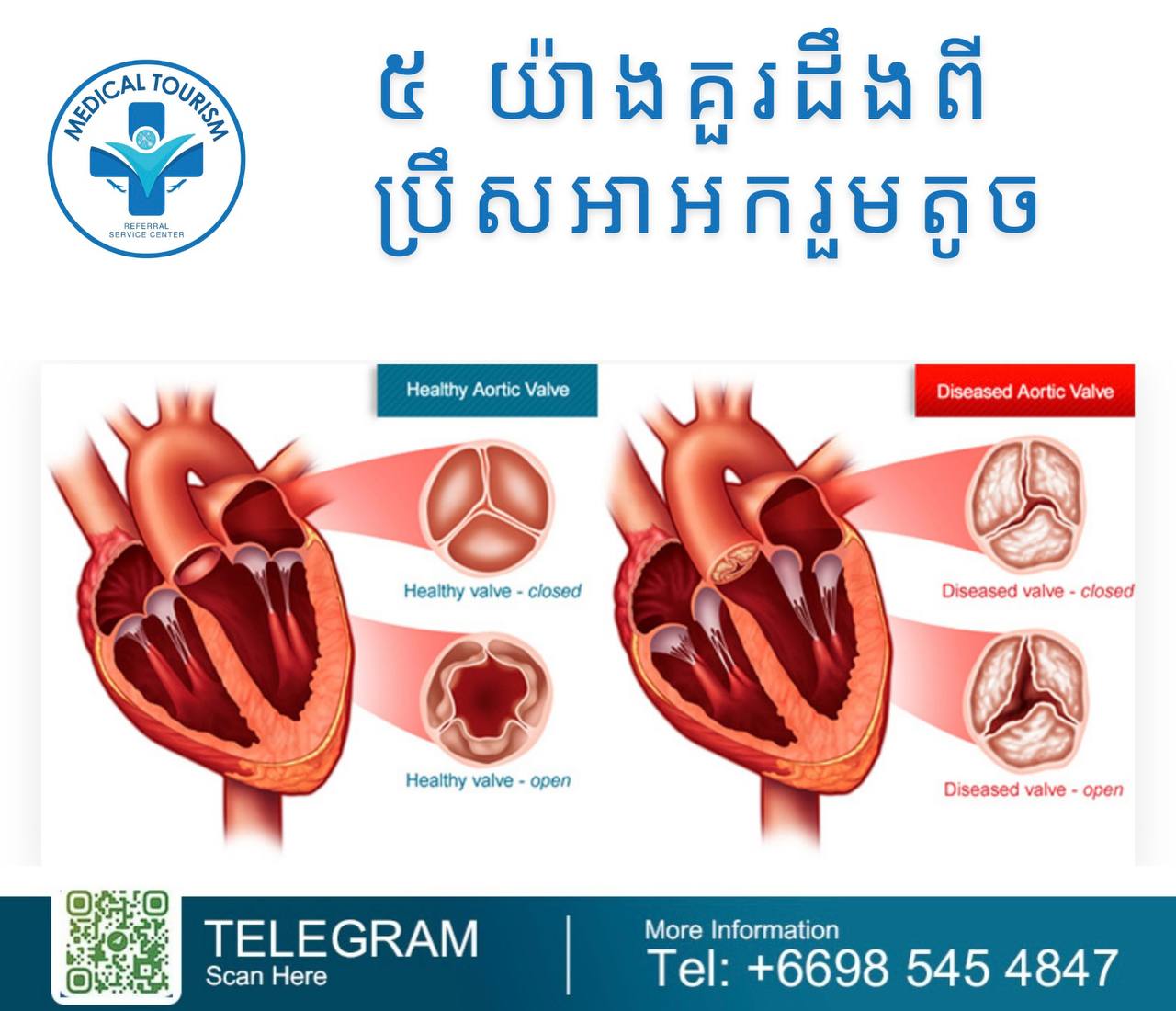Diseases September 5th, 2024
Aortic stenosis

Here are five important things to know about aortic stenosis:
1. Narrowing of the Aortic Valve: Aortic stenosis occurs when the aortic valve narrows, restricting blood flow from the heart to the rest of the body. This can cause the heart to work harder and may lead to heart failure if untreated.
2. Symptoms: Common symptoms include chest pain, shortness of breath, fatigue, dizziness, and fainting, especially during physical exertion. Some patients may be asymptomatic in the early stages, but the condition can worsen over time.
3. Causes: The most common causes of aortic stenosis are age-related calcification of the aortic valve, congenital heart defects (like a bicuspid valve), or rheumatic fever that leads to scarring and narrowing of the valve.
4. Diagnosis: Aortic stenosis is often diagnosed using echocardiography, which can evaluate the structure and function of the heart valves. Other tests may include an electrocardiogram (ECG) and cardiac catheterization to assess the severity.
5. Treatment: Treatment options include medication to manage symptoms in the early stages, but severe cases often require valve replacement. This can be done through surgical aortic valve replacement (SAVR) or a less invasive procedure called transcatheter aortic valve replacement (TAVR).
Early diagnosis and monitoring are essential for managing aortic stenosis effectively.



